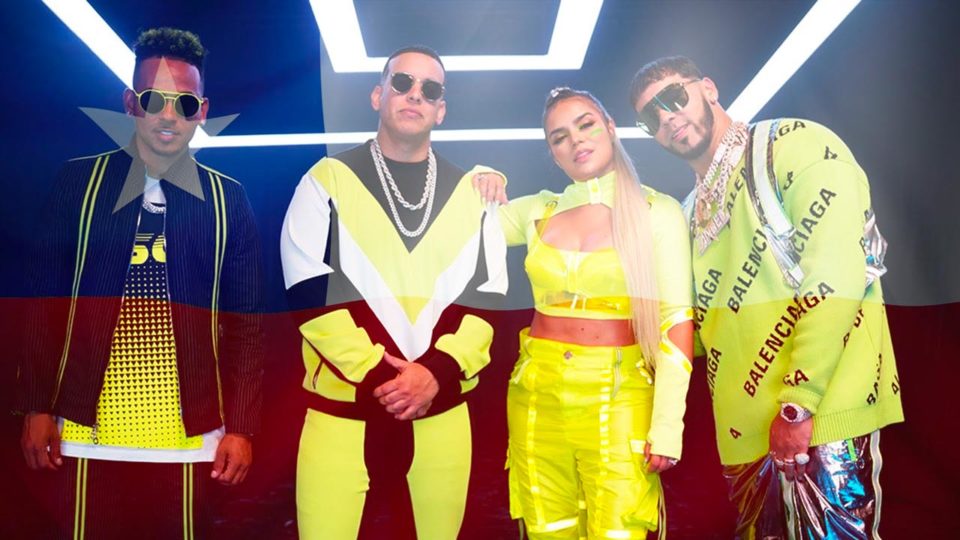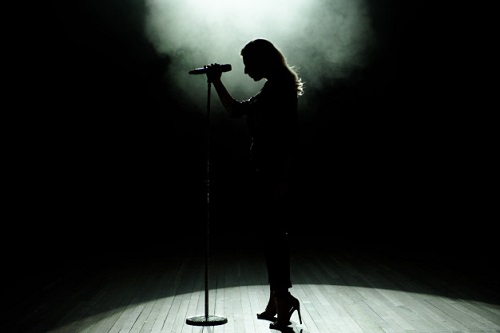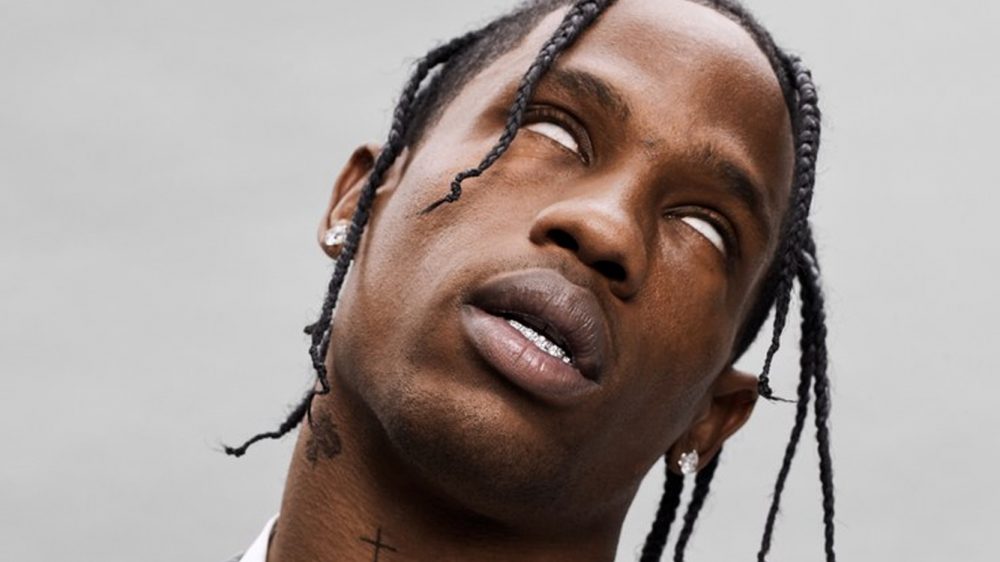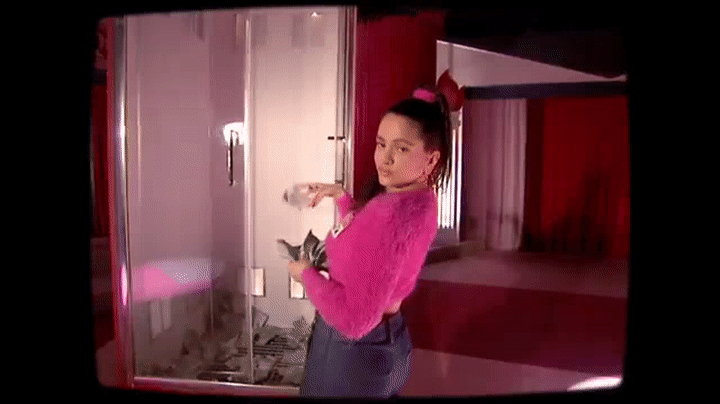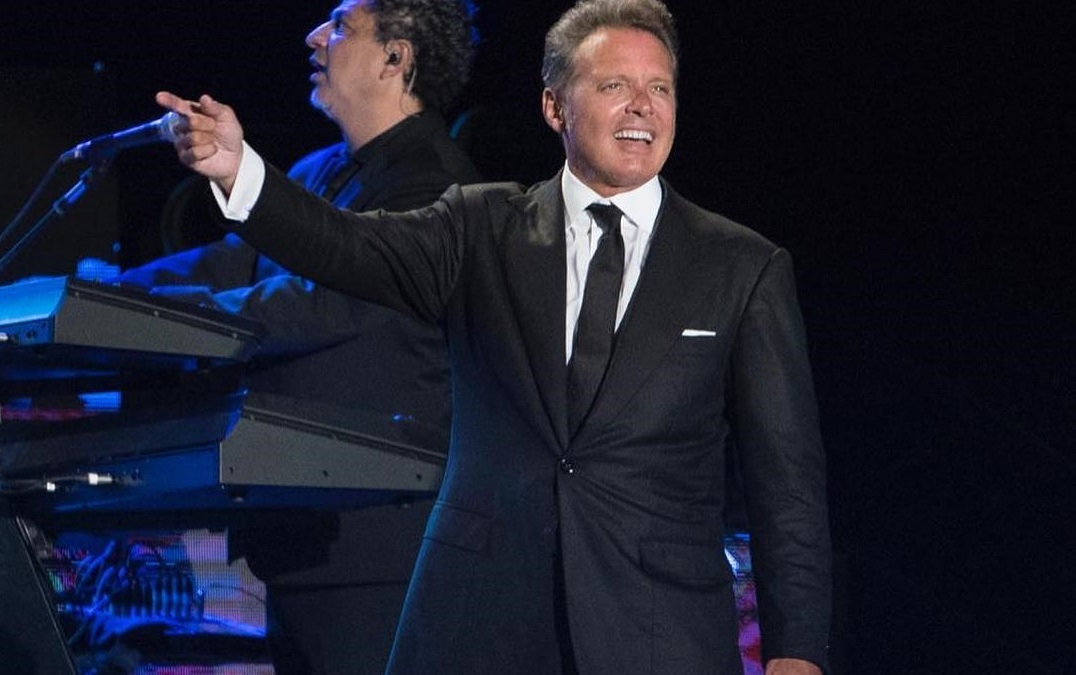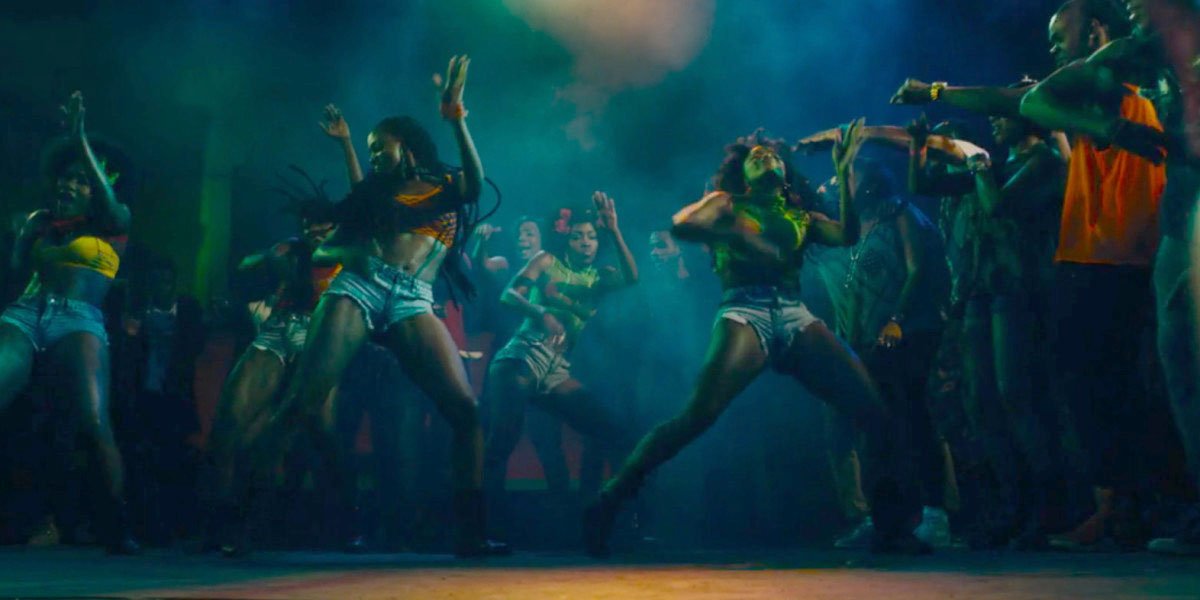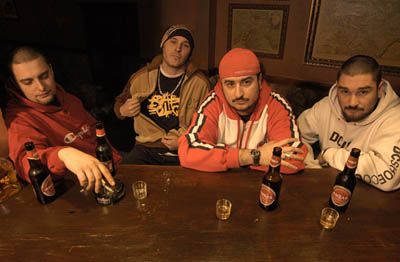Okay, okay, okay, maybe I got a bit carried away with the title! It is clear that it is difficult to say whether or not reggaeton is the most versatile genre, as there are many genres that lend themselves to different mixes and fusions simply because of their formula, such as hip hop, a type of music in which as long as the characteristic rhythm and sampling techniques are maintained, all its original nature is preserved, and in the rest (everything that can be sampled) there is room for possibly all the music there is and will be.
But here we have already talked about hiphop and its possibilities: today we will focus on the history of how reggaeton has evolved since its inception and in what ways it has managed to adapt over time with the innovations of producers and mixes with various genres.
As we shall see, reggaeton has evolved from the first songs in which it was pure rhythm and its lyrics were clearly dominated by sexual themes, passing later through a much more melodic style and romantic themes (coinciding with the incorporation of new styles) and reaching the present day, in which its discourse is increasingly focused on stylistic versatility. But let’s take it step by step: let’s start with a brief contextualisation of the origins of the genre and then move on to the stages.
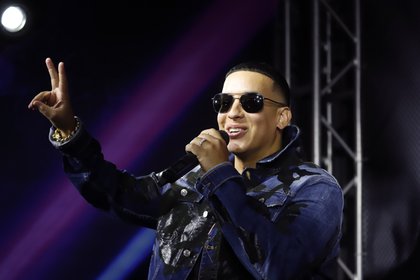
History of reggaeton
The main precedent of reggaeton is set by two Jamaican genres, can you imagine where I’m going? Yes sir, reggae and dancehall, especially the latter, which had its phase of greatest splendour in the second part of the 90s of the 20th century. Well into the 2000s, the peculiar mix of styles met in Panama with the lyrics and rapping style of American MCs.
The origins can therefore be traced back to Puerto Rico and Panama at the moment when the different styles came together and crystallised in the creation of what is usually considered the first reggaeton: Latigazo by Daddy Yankee (2002). From this moment on, reggaeton quickly became a mass genre, reaching the entire Spanish-speaking world and soon after penetrating the United States.
The Rhythmic Stage (2002-2011)
The first stage is the period of the masters of the genre: the initiators. The two figures that stand out in this first period are Daddy Yankee and Don Omar, who dominated the scene along with others who to a lesser extent also had their part in the genre, such as Hector el Father and Makano. Although many of you will find it heavy, I leave here La gasolina by Daddy Yankee (2004), probably the most emblematic track of the entire first reggaeton phase.
Here you will notice the predominance of the sexual and the virtual exclusivity of the percussive aspect as accompaniment to the voice, not only because the percussion takes the power in the theme, but also because the few synthesizer sounds are more rhythmic than melodic, and that the melodies have rather reduced intervallic interludes, rather created to mark a rhythmic “continuum” of quavers and sixteenth notes.
The Romantic Stage (2011-2017)
With hits such as Una vaina loca by the singer Fuego (which, it should be noted, is entirely based on the dancehall single Hold you by Gyptian), in 2011 the electro latino genre became popular, which although similar to reggaeton is a totally different genre with other influences (mainly dance and merengue), although reggaeton was influenced by its rhythms and melodies for a good part of the second decade of the 21st century.
After all this, reggaeton music began to become more melodic, a little more harmonically complex and more mestizo, undergoing a period of unprecedented enrichment due to the discourse of openness characteristic of Latin American music.
Bringing people together
This is important for interpreting this part of reggaeton history: we find several songs that highlight the theme of the Latin world as a united brotherhood and globalisation understood in a fraternal way, among which we could highlight La gozadera (2015), which involves all Spanish-speaking countries in a community anthem (with phrases such as “Peru with Hondura, Chile with Argentina/ Panama brings the zandunga, Ecuador bilirrubina/ Paraguay with Uruguay, brother of Costa Rica” or “Bolivia is coming, Brazil is on its way/ the world is joining in, to the party of the Latinos”).
Diversas mezclas
With this step, reggaeton was mixed with Marc Anthony’s salsa, although as we mentioned, fusions with cumbia and other genres were also created. An example of this is the famous song Despacito by Luis Fonsi ft. Daddy Yankee. But let’s take another example that does show the mix with electro Latin, which after all is the genre that most promoted romantic themes as well as the enrichment of melody and harmony in reggaeton at this stage: Bailando por ahí by Juan Magán (2011).
Present: the stabilisation phase (2017-present)
If we have to propose a current stage of reggaeton, we could speak of it as a period of a certain stability, and this can be applied both to the themes of the lyrics and to the versatility of the genre, since reggaeton has been systematically incorporating new mixes and influences. As far as lyrics are concerned, reggaetón has nowadays stabilised on sexual as well as sensual and/or romantic themes. Examples of romantic themes would be Robarte un beso by Carlos Vives ft. Sebastián Yatra (2017) among others
Today’s representatives
Within the sexual theme we would have some like Contra la pared by J Balvin (2019).
The good vibes
On the other hand, we have Daddy Yankee and his increasingly “buenrollero” approach that straddles reggaeton and genres such as dancehall and reggae with Dura (2018).
Experimental artists
Within the mixes Maluma also has his place here, since in 2017 he had the idea of combining reggaeton with salsa, taking advantage of the fact that a few years earlier Marc Anthony had moved the peculiar genre to the absolute mainstream (respectively we find the cases of Felices los 4 versión salsa in 2017 and Vivir mi vida in 2013).
Mellow reggaeton
Nowadays, it is also popular to mix it with dancehall, dembow and afro beat, among others. In the particular case of dembow, we have this Bellaquita by Lunay (2019), which maintains the slow pace of the reggaeton rhythm with the characteristic percussion of dembow.
Sensuality and the smooth.
In the dancehall realm, one could highlight the rhythm of the track Cuaderno by Dalex (2019), which has some basic properties of the Jamaican genre such as the characteristic beat, vibes sounds and the smooth and sensual singing style and vocal melody of the more romantic dancehall tracks.
More fusion every day
We also find various mixtures between electro Latin, dembow and afrobeat that frequently come together in a mosaic of styles in such a way that it is even difficult to know which one predominates, as the tracks tend to have varied characteristics: we find both cases of dembow tracks with lyrics, intonation and vocal style characteristic of reggaeton, and on the other hand afro beat tracks that have speed and percussion with characteristics of dembow, etc.
Bad Gyal
And here I am forced to repeat the track Hookah by Bad Gyal (2019) already mentioned in the blog of the physics of reggaeton, which is one of the cases between dembow and afro beat that are triumphing lately.
The alpha and the crew
Within the mix of dembow and reggaeton we find a track that couldn’t be more explicit: Dembow y reggaeton (2019). It is a collaboration between El alfa, Yandel and Myke Towers, and combines the reggae counter-reggaeton characteristic of reggaeton with the fast and simple rhythm of dembow.
Open-mindedness has made reggaetón survive
One of the keys to understanding that today stability has been found within the constant change and comfort within the chameleon-like personality that reggaeton has adopted lies in the artists’ and producers’ awareness of variation and freshness. There are very ambitious singers within the genre who spend time working on other styles completely on the fringes.
Ozuna
We have cases like Ozuna (as well as Daddy Yankee, another reggaetonero from the old classics who has managed to remain active on the scene). In his most recent album, genres such as hip hop or trap are worked into a product that is outside the strict canons demanded by the hits. This freedom is the logical result of the fact that the music industry does not revolve around the concept of the album: nowadays, artists who release albums think about diversifying their product and offering a more personal side, so that they work with very diverse concepts.
Paulo Londra
We also have Paulo Londra, who, although known for his most popular reggaeton and trap tracks, has always worked in other genres, as his latest album shows:
Justin Bieber
On the other hand, singers like Justin Bieber, Ed Sheeran or Rosalía -among others- have recently jumped on the dembow bandwagon. Here is the version of Despacito with the participation of Justin Bieber (2017), the song I dont kare by Justin Bieber ft Ed Sheeran (2019) and the collaboration of Rosalía and Ozuna Yo x Ti, tu x Mi (2019).
In short, reggaeton can like more or less, that would be another topic, but yes: to Caesar what is Caesar’s! I leave you some similar blogs and remember that you can buy trap, rap, dembow, pop, r&b, dembow, reggaeton… beats! A la carte – see you next week!
